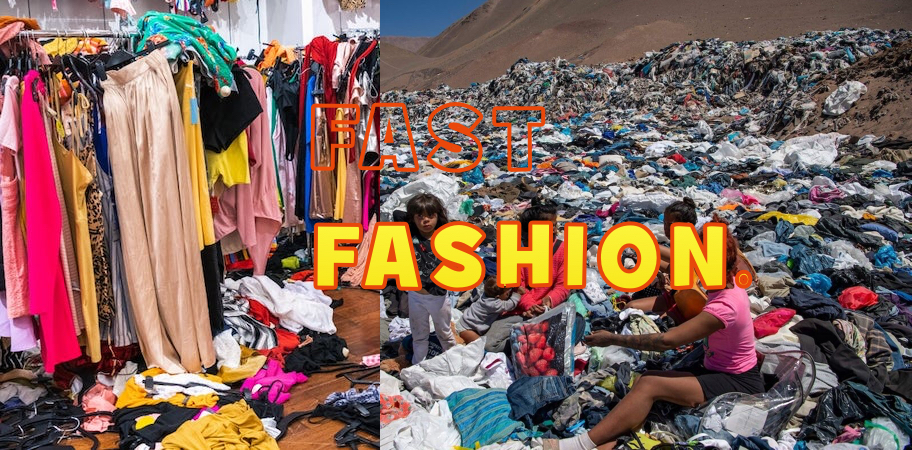
In our fast-paced world, trends come and go faster than ever before. Thanks to the rise of fast fashion, consumers can easily access inexpensive, trendy clothing at their fingertips. While this may seem like a convenient and affordable way to stay stylish, it comes at a significant cost to our planet and its people. In this blog, we will explore the detrimental effects of fast fashion and shed light on why it is not a sustainable choice.
What is Fast fashion?
Fast fashion refers to the production of inexpensive, trendy clothing items that are quickly manufactured and brought to market. Brands in the fast fashion industry churn out new collections every few weeks, mimicking the latest runway designs and celebrity styles. The appeal of fast fashion lies in its affordability and accessibility, making trendy clothing available to the masses. However, this rapid turnover has far-reaching consequences that are detrimental to the environment, workers, and society as a whole.
The Birth of Fast Fashion
Fast fashion emerged in the late 20th century as a response to consumers' demand for trendy, affordable clothing. Brands like Zara, H&M, and Forever 21 became pioneers in this industry, churning out new collections at a breakneck speed. This accelerated production and consumption model aimed to keep consumers constantly engaged and buying, ultimately leading to the culture of "wear it once and discard it."
Environmental Impact
One of the most significant issues with fast fashion is its environmental footprint. The industry is notorious for its high water consumption, extensive use of toxic chemicals, and massive carbon emissions. Here's how fast fashion contributes to environmental degradation:Exploitative Labor Practices
Fast fashion's relentless demand for cheap clothing also leads to exploitative labor practices. To keep production costs down, many brands outsource production to countries with lax labor laws and low wages. Workers in these countries often endure harsh conditions, long hours, and receive minimal pay. The Rana Plaza disaster in Bangladesh in 2013, which killed over 1,100 people, highlighted the human cost of the fast fashion industry's race to the bottom.
Cultural and Societal Impact
The constant turnover of trends in fast fashion encourages a culture of disposability, where clothing is seen as expendable rather than a long-term investment. This mindset not only strains our planet but also has psychological and societal consequences, fostering a consumerist attitude that prioritizes quantity over quality.
The Way Forward: Sustainable Fashion
To combat the unsustainable nature of fast fashion, a shift towards sustainable fashion practices is imperative. Here are some steps individuals and the industry can take:
Conclusion
Fast fashion may offer the allure of constant novelty and affordability, but its unsustainable practices have dire consequences for our planet, workers, and society. To build a more sustainable and ethical fashion industry, we must shift our priorities towards responsible consumption, support brands that prioritize sustainability, and demand greater transparency and accountability. By taking these steps, we can slow down the fast fashion trend and pave the way for a more sustainable and equitable fashion future.

